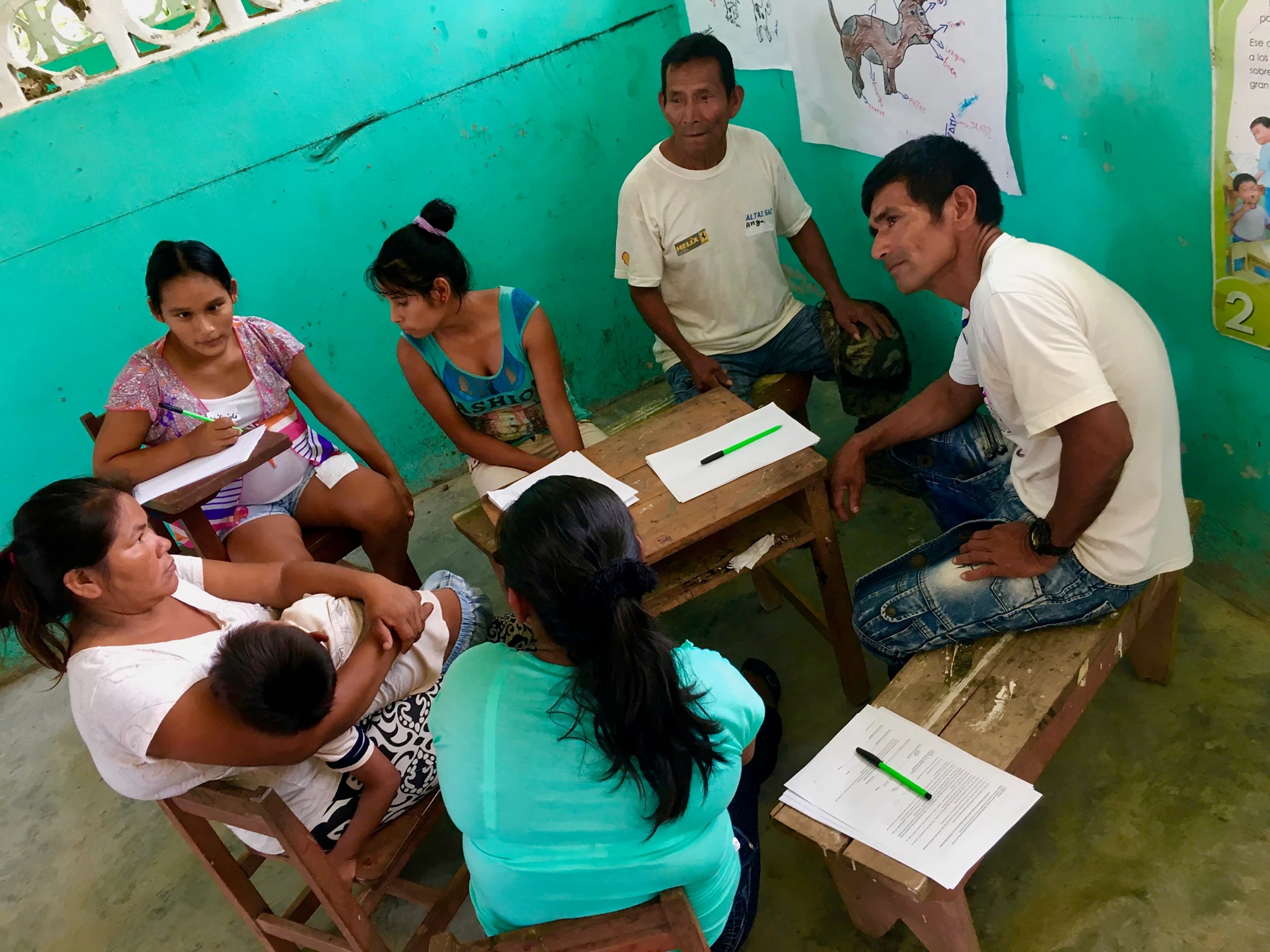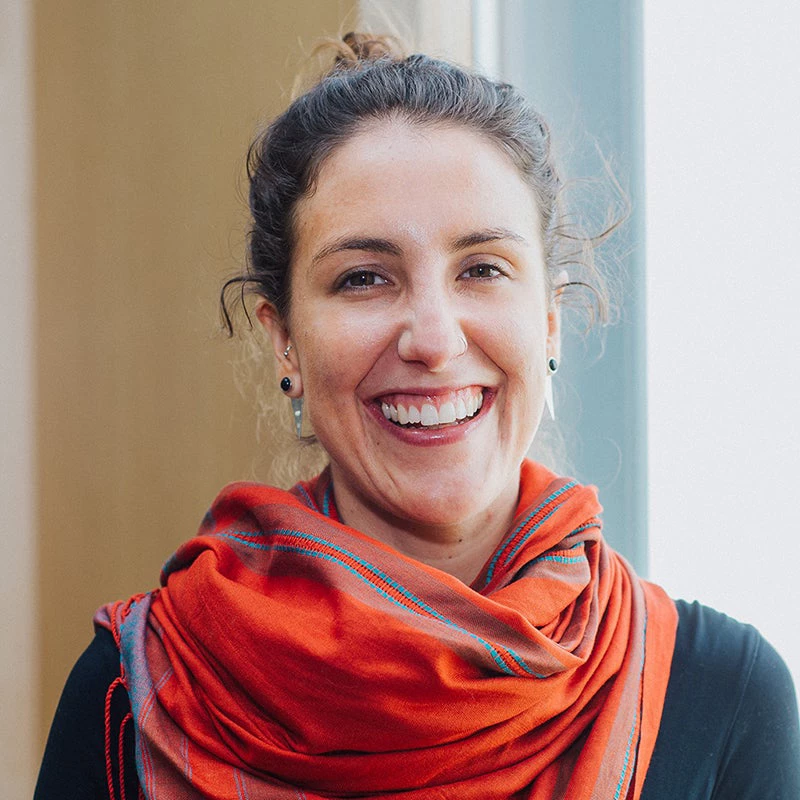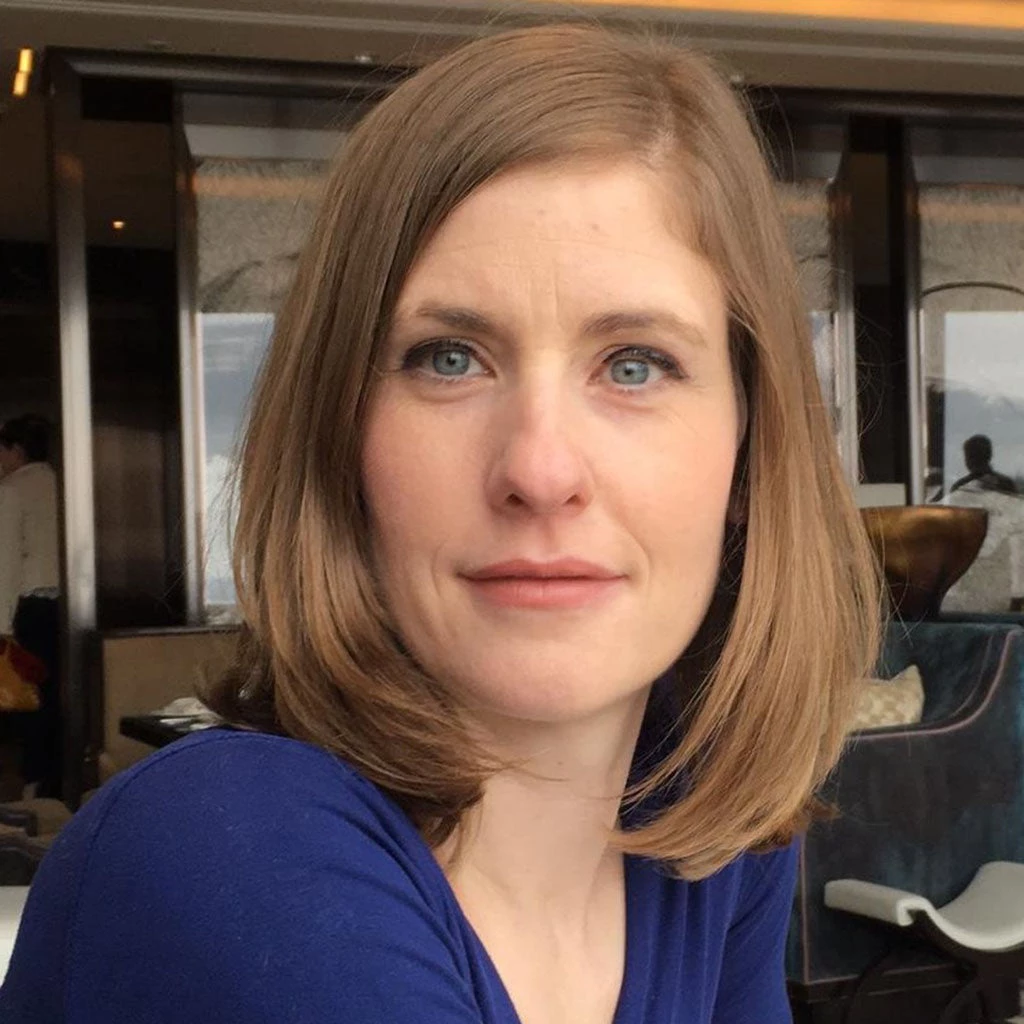
Community leaders discuss systems of violence prevention in the community of San Juan de Floresta in Loreto, Peru. Photo credit: G Shannon, DB Peru
In the Peruvian Amazon, the Lower Napo River communities that we are working with for the upcoming GBV in the Amazon of Peru (GAP) Project are negotiating a transition to modernity, where increasing access to transport, telecommunication and media has meant that communal life is changing. This has coincided with increasing concerns about gender violence: recent figures from Mazan, a remote township on the Lower Napo River, show that 79% of women between the ages of 18 and 29 report experiencing sexual violence at some point in their life.
The Gap Project aims to help address these concerns. Community health workers (promotores) are developing a promotor-led community mobilization and education program to target gender-based violence (GBV), facilitated by resources from DB Peru, a healthcare charity, and UCL. The GAP Project is the first primary preventative strategy for GBV in the region of the Lower Napo River, and the first community mobilization project of its type in Peru. It is also leading the way in fostering a participatory action research approach to GBV prevention in a low-resource, remote rural setting.
Working in this setting has raised many logistical and ethical challenges. Logistically, the GAP Project is set among 25 rural communities with severely limited access to services. Secondary or tertiary violence prevention is almost impossible to access: the local police station is half a day away, and the systems of reporting are difficult to navigate and insensitive to victims’ needs. In Iquitos, there are two under-resourced women’s shelters and violence support services which serve the entire Loreto region, but this is a day’s travel away. Even if an individual chooses to report and act on an episode of violence, the question remains how they will afford the often-enormous costs of seeking help, and how they would continue to support themselves and their family if the perpetrator is a crucial component of the family unit back home. These difficulties reinforce the need for primary prevention strategies, such as the GAP Project.
In small rural Amazon communities the division between public and private life is often less distinct than in urban areas, community identity is of great importance, and relationship networks are complex and intimate. These values require ethical approaches that are different from traditional biomedical ethics approaches, which uphold autonomy and individuality over communal interest. Furthermore, as renowned feminist anthropologist Dr. Rita Segato recently remarked, the erosion of traditional community functions giving way to more private and isolated family units may decrease overall community resilience to violence and violent behaviors.
It is because of these factors that the GAP Project is working to understand in greater depth the values and needs of the 25 Lower Napo River communities, so we can create a comprehensive and respectful ethical framework for our violence prevention project going forward. This is also part of a larger international project to develop guidance on how to conduct ethical, safe and rigorous research on violence against women and girls in small communities where violence is highly prevalent and seen as normal.
This month, we are working alongside the community leaders to explore and define the GAP Project ethics principles through a series of community consultations and problem solving activities. During these meetings, we will ascertain community understanding of the definitions of gender, violence and human rights, and will seek consensus on a community-specific ethical framework for the project.
To get to this point, we are taking two complementary approaches. First, we are facilitating discussions with community leaders about the project and potential ethically difficult scenarios. For example, we have heard reports of perpetrators of violence who hold positions of power in the community, which brings up many challenging issues. Second, we are running a group prioritization exercise with community leaders and promotores, brainstorming ethical challenges and concepts relevant to them, and refining this list. Through the nominal group technique everyone will have the chance to discuss the issue in an open forum, then vote sequentially on the key concepts which arise. These concepts will then be fed into an overall project guideline, which will allow us to respond to challenges throughout the project cycle through establishing key ethics and behavior principles. Our aim is to be consistent with positive community values and uphold locally relevant ethical principles.
Because the project is run for the community, by community members, it is of utmost importance that solutions or approaches to these challenging issues come from within. Given the local contextual factors, and the fact that small rural communities operate differently, it is important for us not to make assumptions about a one-size-fits-all ethical model. Instead, we are working closely with both the actors and beneficiaries of the GAP Project to develop a meaningful and context-specific ethical framework to ensure the sustainability and success of our work going forward.



Join the Conversation